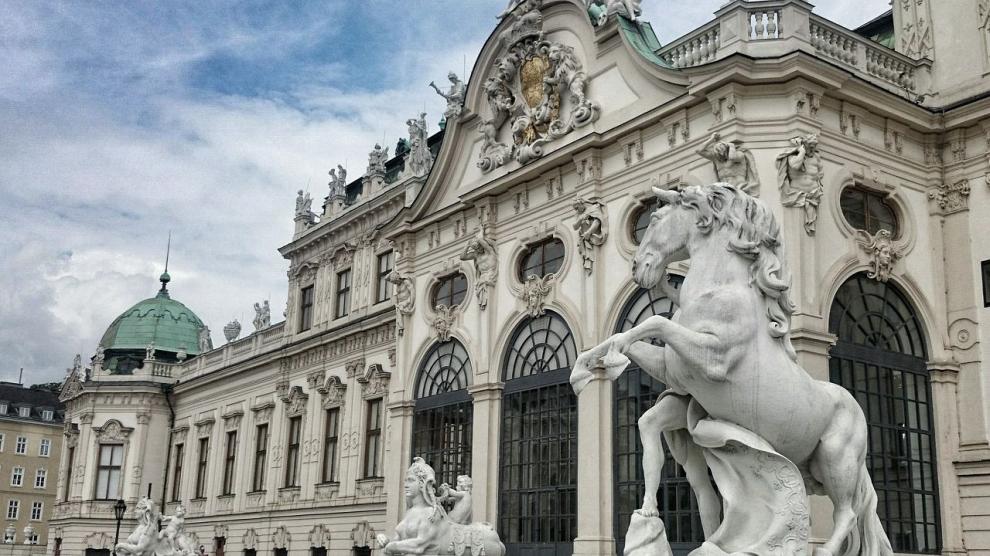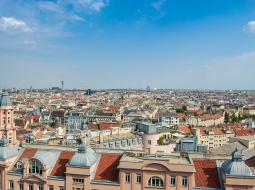Thessaloniki gets ready for its metro launch in November
The underground rapid transit lines have been under construction for almost two decades due to various project delays
 TheMayor.EU logo
TheMayor.EU logo 
The history of the Austrian capital dates back to the time of the Roman Empire when it deployed its military base within what is today the city proper. That's when Vienna started its economic development, becoming an important centre of commerce around the 11th century. It eventually became the capital of the Babenberg Dynasty, and later of the Austrian Habsburgs, during whose reign it became one of Europe's major cultural centers. In the 19th century the city became the capital of the Austrian Empire and later of Austria-Hungary. For a short while it was also one of the largest cities in Austria. After the end of the First World War and the dissolution of Austria-Hungary, Vienna was declared the capital of the Republic of Austria.
Vienna is the largest city in Austria as well as the country's capital. Its population exceeds 1.8 million, with about one third of the population of the whole country living in Vienna and its adjacent territories. It is located in the eastern part of the country, close to its borders with the Czech Republic, Slovakia and Hungary. Vienna is known for its high standard of living, and in 2005 it was ranked first among the most livable cities. The capital is divided into 23 districts, with residents of each region electing their district governor. The local mayor is responsible for the allocation of the municipal budget.
Vienna is known for its high standard of living, as in 2005 the city became one of Europe’s centres with the best living conditions. The service sector in Vienna is the most important part of its economy, followed by industry and commerce. Agriculture also plays a small part as wine production has a great sociocultural significance for the population. Scientific research is also well developed. The Eastern European headquarters of more than 300 international companies are located in Vienna. The Austrian capital is also one of the hubs for the development of information technology and is the home of offices of some of the largest IT companies in the world. In 2014, Vienna adopted the Smart City Wien Framework Strategy 2050, which is focused not only on transforming Vienna into a smart city but also on environmental protection by reducing carbon emissions. Vienna and the whole area around the capital is one of the richest in the European Union. In 2013, 25.7% of gross domestic product comes from the city. In 2015, Vienna occupied the 9th place in economic stability. Some of the most important factors for the development of the economy of the capital are scientific research and development, with studies in the field of pharmacy, bio and medical technologies having the largest share. The city is also one of the top IT locations with nearly 9,000 businesses in the IT sector. Major products of this branch are measuring, testing and navigational instruments and devices, as well as electronic components.

Another major branch of the city's economy is tourism. More than 6.2 million people have visited Vienna in 2014. The city is also a major destination for national and international conferences. Major tourist destinations in the city include its historical center, which is part of UNESCO's World Heritage list, numerous palaces, museums and galleries, as well as all sorts of cultural events. The Danube River runs through the city and various river boat and ferry tours are also among the major tourist attractions.
Address: Rathaus, Friedrich-Schmidt-Platz 1, 1010 Wien
Working hours: 08:00 – 18:00